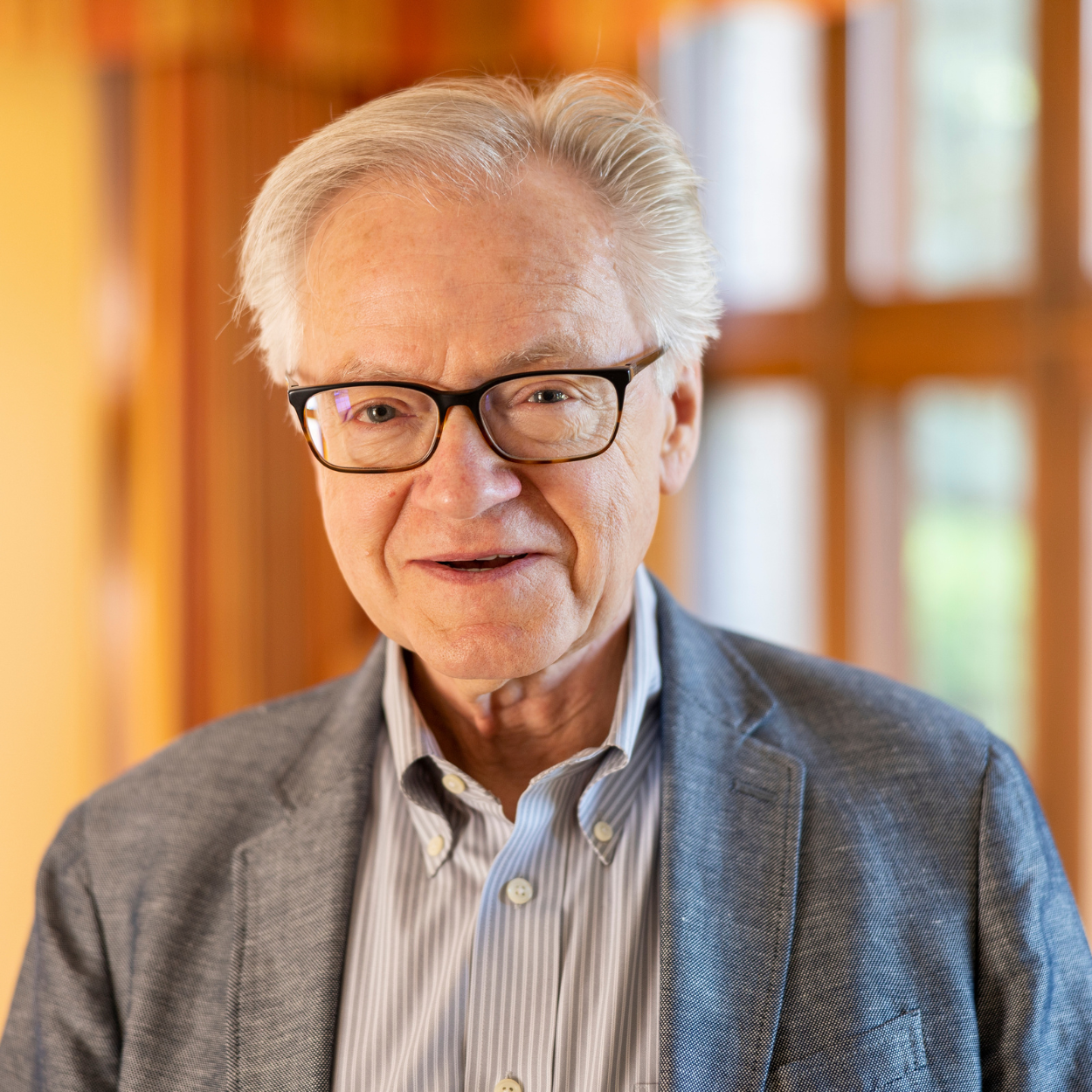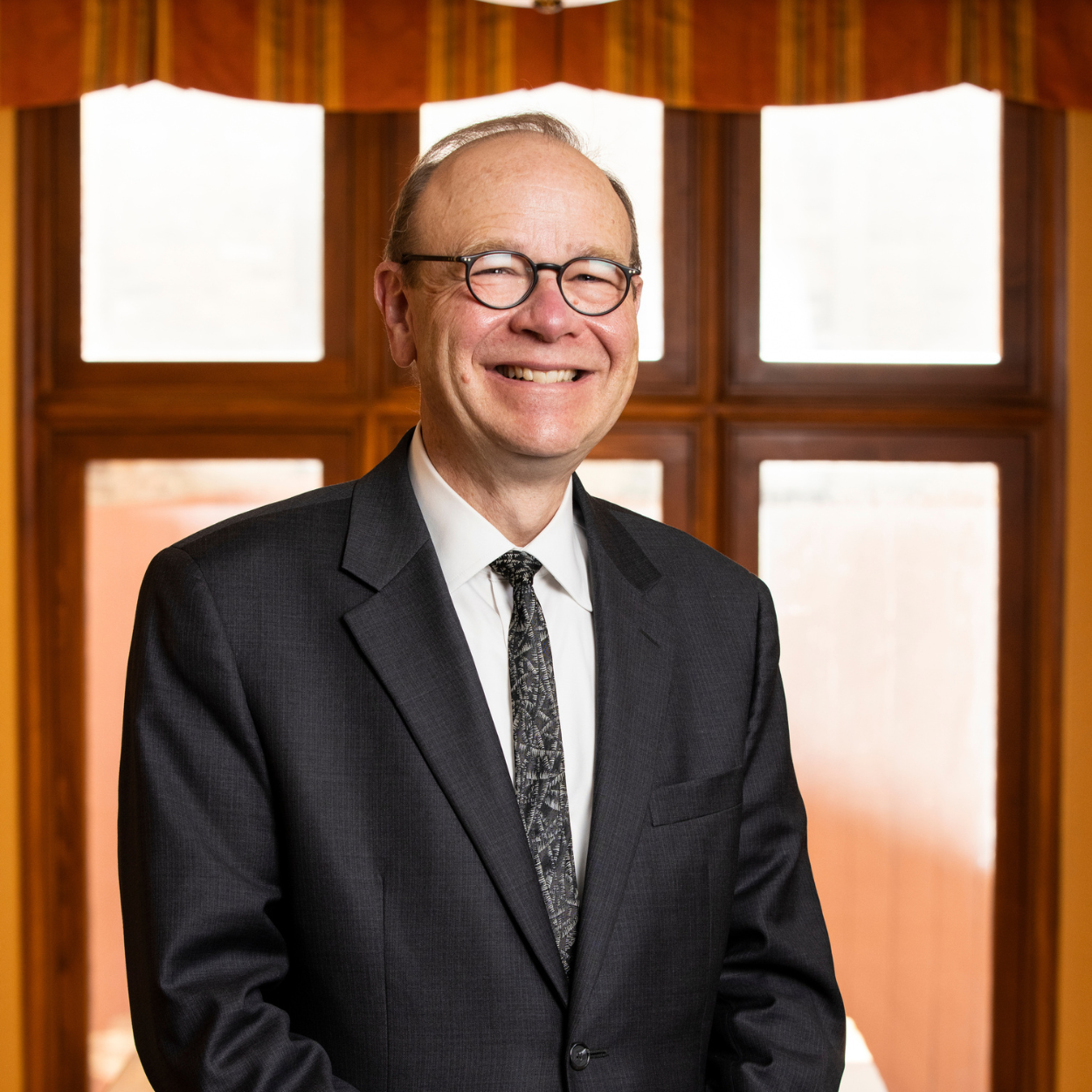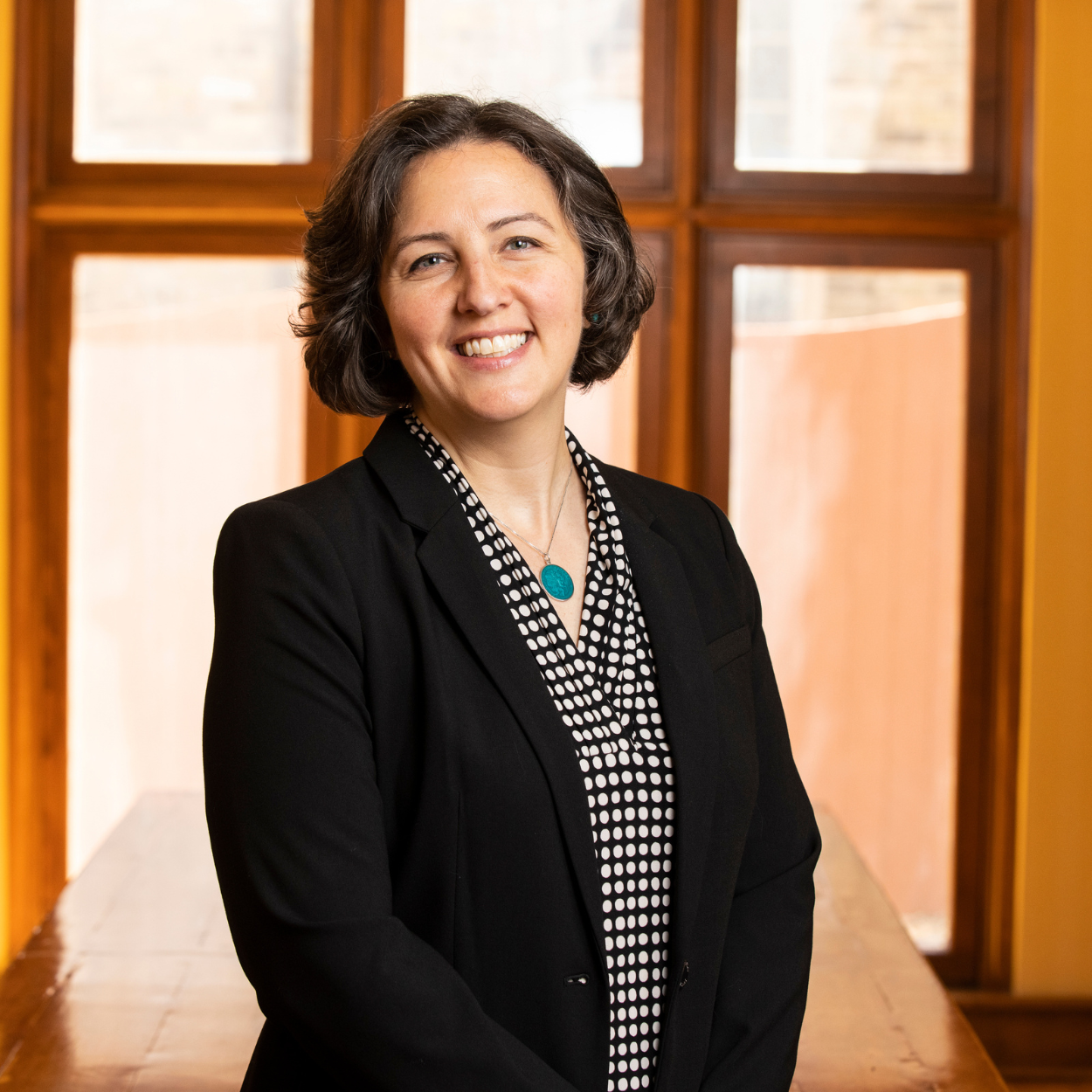
Raymond N. MacKenzie
Editor
Professor of English with special interest in Dante, Shakespeare, and Milton, as well as the Catholic novel. He has translated works by Mauriac, Montesquieu, Balzac and others.
The importance of a sustained encounter with the claims of Catholic thought and culture has never been more important.
Springing from our commitment at the St. Thomas Center for Catholic Studies to contribute to national and international developments in Catholic higher education, we began publishing Logos: A Journal of Catholic Thought and Culture more than 25 years ago. Since then, Logos has served as an interdisciplinary meeting point for scholars to publish their finest work and for readers to remain engaged in the beauty, truth, and vitality of Christianity as it is rooted in and shaped by Catholicism.
Logos seeks a readership that extends beyond the academy and is especially interested in receiving submissions for double-blind review in:

Editor
Professor of English with special interest in Dante, Shakespeare, and Milton, as well as the Catholic novel. He has translated works by Mauriac, Montesquieu, Balzac and others.

Associate Editor
Expertise in the thought and culture of the Latin Middle Ages, with particular attention to the thought of St. Thomas Aquinas and St. Thomas More.

Associate Editor
A philosopher by training with particular focus on Augustine and the Augustinian tradition, Ludwig Wittgenstein, and Mary, Mother of God.

Managing Editor
Focused on theology and the arts, she is a scholar of Dorothy L. Sayers’s religious drama, with additional interests in the craft, collaboration, and spiritual formation of artists.
Under the oversight of Dr. Michael J. Naughton, Director for the Center for Catholic Studies, Logos is grateful for the support provided by the distinguished members of our editorial board.
"It is truly encouraging to engage the reflections on the interplay of Catholic thought and culture as presented in Logos. . . . This dicastery commends the assembly of such a fine editorial board to review the journal and the standard of excellence that governs the quality of research and publication."
— Archbishop Reverend Giuseppe Pittau, SJ, Congregation for Catholic Education, Rome, Italy
Helen Alvaré
Antonin Scalia Law School
Gary A. Anderson
University of Notre Dame
Stephen Barr
University of Delware
Robert Barron
Bishop of Winona-Rochester
Rémi Brague
Sorbonne
Ludwig-Maximilians University
Robert Coles
Harvard University
Brian Daley, SJ
University of Notre Dame
David P. Deavel
University of St. Thomas, Houston
Anthony M. Esolen
Thales College
J. L. A. Garcia
Boston College
Dana Gioia
Poet
Mary Ann Glendon
The Law School
Harvard University
John Haldane
Baylor University
James L. Heft, SM
Institute for Advanced Catholic Studies
University of Southern California
J. Bryan Hehir
John F. Kennedy School of Government
Harvard University
Anthony Low
New York University
Charles Morerod, OP
Bishop of Lausanne, Geneva, and Fribourg
Catherine Pakaluk
Catholic University of America
Angelo Cardinal Scola
Archbishop of Milan
Linda Zagzebski
University of Oklahoma
Carol Zaleski
Smith College
I know of no Catholic journal quite like Logos – none that combines its deep moral courage with the sheer joy of what is good and beautiful.
Submissions are promptly recorded, forwarded to the editors, and an acknowledgment is sent to the author. Decisions regarding an article take about 3 months.
Author’s proofs
Once an article is scheduled to appear in an issue, authors will be notified about the tentative schedule. All articles are then lightly edited and proofread for house style, grammar, and clarity. After being typeset, proofs are sent to the author who is then given two weeks to make any final corrections. Major revisions will not be possible at that stage.
Complimentary copies
After publication, authors will be set two copies of the whole Logos issue and sent links to the pdf.
Authors maintain the copyrights to their individual articles but assign to Logos the right to publish the text both electronically and as printed matter, and to make it permanently available through academic databases and other electronic formats. Each issue of Logos is copyrighted as a whole by its publishers.
Authors are asked to wait for six months after publication before posting or republishing their article (as part of a book, on Academia.com, etc.). Permission for reprinting is not required from Logos after six months, and enquiries from anyone beside the author will be referred to the author directly. If a permission letter is requested by a publisher, Logos editors are happy to provide one.
Submissions are promptly recorded, forwarded to the editors, and an acknowledgment is sent to the author. Decisions regarding an article take about 3 months.
Author’s proofs
Once an article is scheduled to appear in an issue, authors will be notified about the tentative schedule. All articles are then lightly edited and proofread for house style, grammar, and clarity. After being typeset, proofs are sent to the author who is then given two weeks to make any final corrections. Major revisions will not be possible at that stage.
Complimentary copies
After publication, authors will be set two copies of the whole Logos issue and sent links to the pdf.
Authors maintain the copyrights to their individual articles but assign to Logos the right to publish the text both electronically and as printed matter, and to make it permanently available through academic databases and other electronic formats. Each issue of Logos is copyrighted as a whole by its publishers.
Authors are asked to wait for six months after publication before posting or republishing their article (as part of a book, on Academia.com, etc.). Permission for reprinting is not required from Logos after six months, and enquiries from anyone beside the author will be referred to the author directly. If a permission letter is requested by a publisher, Logos editors are happy to provide one.
Logos reaches more than 2,400 personal and institutional subscribers around the world. Advertise a book, event, conference or call for papers. Contact Kathryn Wehr at (651) 962-5702 or logos@stthomas.edu for more information.
Specification: full page ad $250, 5.5” x 8.5” or smaller, PDF, ESP or TIFF.
Tel: (651) 962-5702
Email: logos@stthomas.edu
2055 Summit Avenue, Mail 55-S
St. Paul, MN 55105